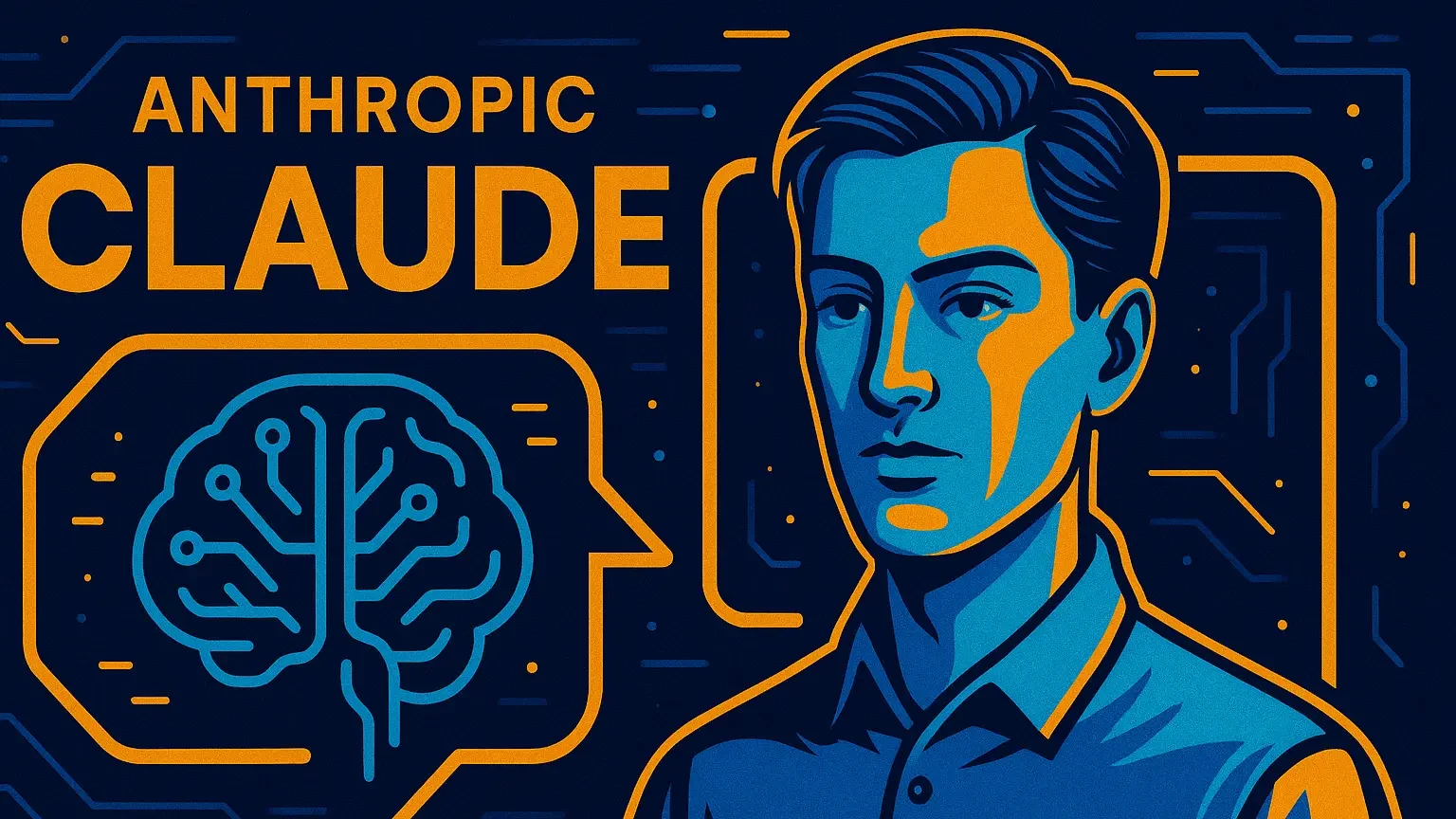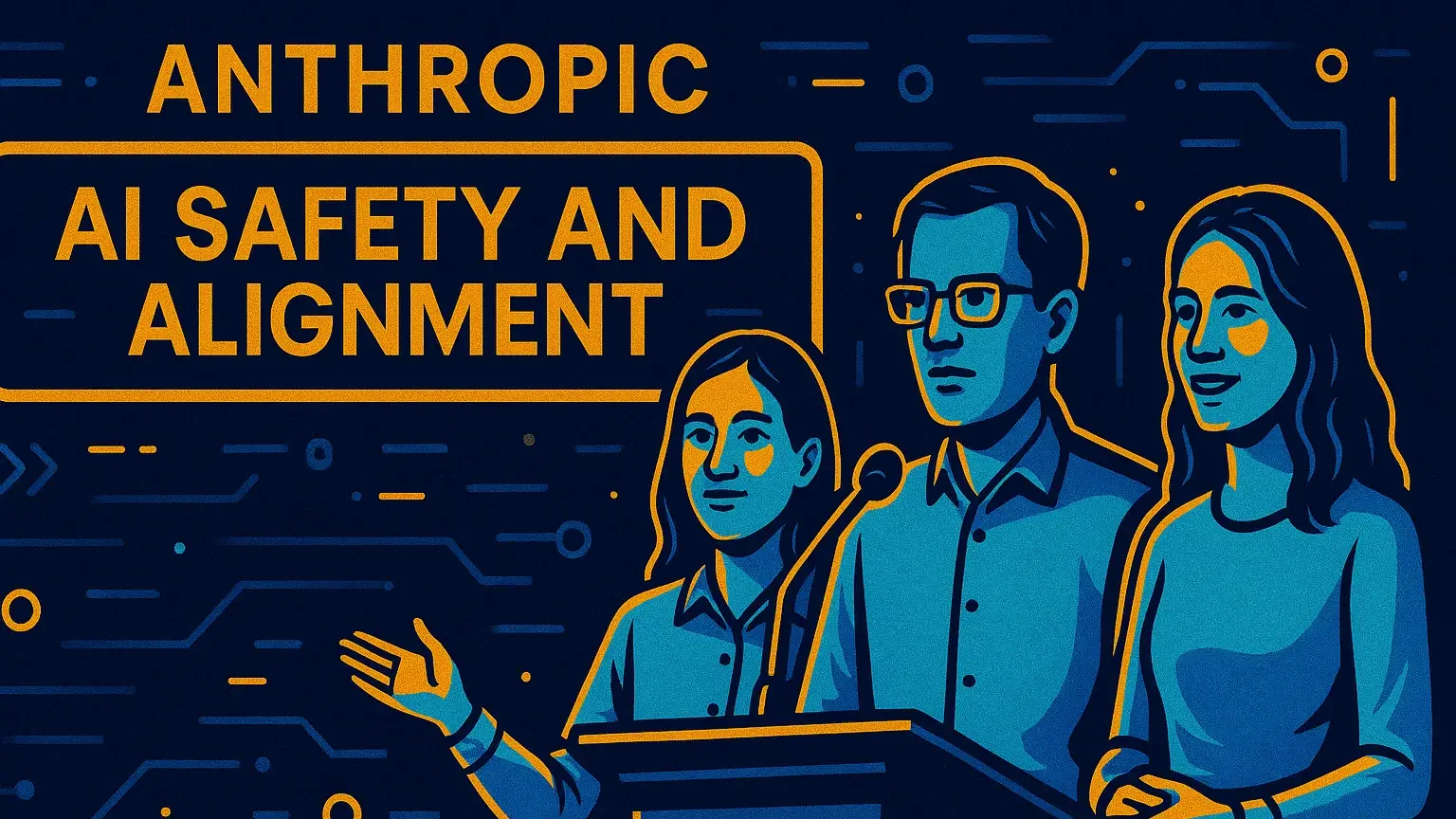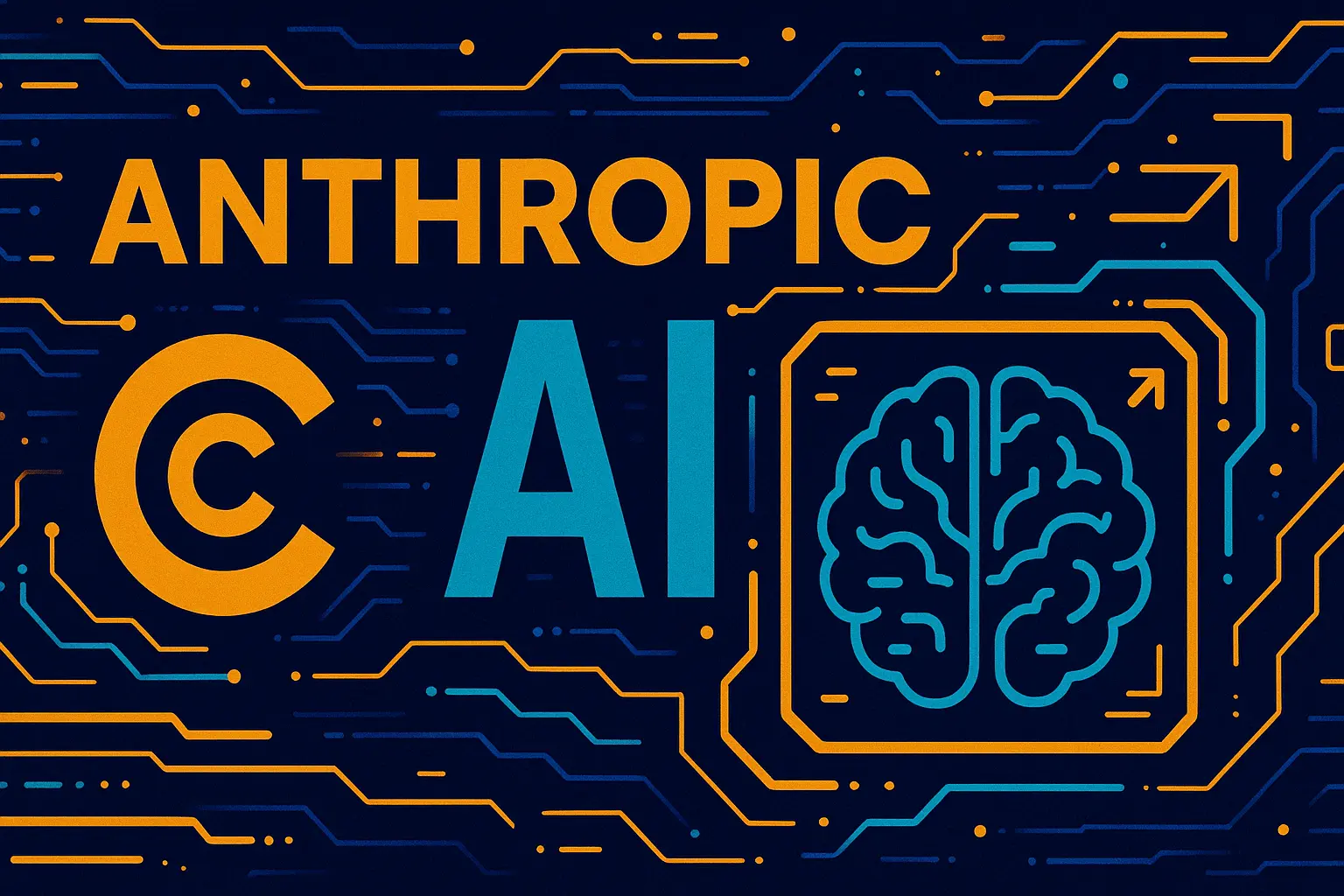In the field of Artificial Intelligence, new companies and research labs emerge with unique missions and bold approaches. One name that sparks curiosity today is What Is Anthropic. This company draws attention for building advanced language models and promoting AI safety. Understanding What Is Anthropic in AI matters because it shows how organizations shape the direction of technology, ethics, and innovation. By exploring its definition, history, and role in AI technology, we gain insight into its importance. Anthropic is not just another research lab; it represents a movement toward safer, more aligned AI systems. Learning about it reveals how intelligence, ethics, and computer systems combine to influence both the present and future of Artificial Intelligence.
What Is Anthropic?

Anthropic is an AI research company that develops reliable, interpretable, and steerable artificial intelligence systems. Researchers with strong backgrounds in AI ethics and machine learning founded it, positioning the company as a leader in the push for safe and beneficial AI. In the AI community, people often describe Anthropic with terms like “AI safety company,” “alignment-focused lab,” and “AI research startup.”
Moreover, the definition of Anthropic highlights its dual role: creating powerful AI models and promoting responsible development. While widely recognized for models like Claude, its mission extends far beyond performance. The company emphasizes safety, transparency, and long-term planning for advanced AI systems.
Understanding Anthropic also means recognizing its place in modern AI discussions. It often appears alongside organizations like OpenAI, DeepMind, and Cohere, each contributing to different aspects of advancement. The meaning of Anthropic centers on producing systems that perform well while aligning with human values, ensuring AI remains a tool for positive impact.
What Is Anthropic? (A Detailed Explanation)
To fully understand What Is Anthropic, we need to examine its purpose, methods, and contributions to AI. At its core, Anthropic focuses on AI alignment—the process of making AI systems behave in ways that support human goals and ethics. This commitment separates it from many organizations that prioritize speed or market dominance.
A key part of Anthropic’s work involves building large language models. Its flagship model, Claude, demonstrates how the lab applies safe design principles. Claude offers transparency, produces fewer harmful outputs, and responds well to guided instructions. These qualities reflect Anthropic’s mission to design AI that is both useful and controllable.
Interpretability is another important aspect. In AI, interpretability means understanding how a system reaches decisions. Anthropic invests in methods that clarify the inner workings of machine learning. This reduces risks and helps people trust AI systems, which is especially important as Gen AI evolves.
Anthropic also influences debates on regulation, corporate responsibility, and global cooperation. Policymakers often reference the company’s research when discussing oversight. Its insights shape the broader AI ecosystem, including robots, autonomous tools, and computer systems.
The organization practices cautious progress. While some AI labs release models quickly to gain market share, Anthropic takes a deliberate approach, focusing on long-term safety. This balance between innovation and responsibility illustrates its importance.
Ultimately, Anthropic represents more than just a business. It is a concept, a term, and a movement toward responsible AI development. By understanding Anthropic explained this way, we see how AI intelligence can advance while respecting human values.
History or Origin
The history of Anthropic began in 2021, when former OpenAI employees founded the company. They wanted to pursue a different vision of AI development—one that emphasized safety and alignment over rapid deployment. This decision gave Anthropic a distinct position in the AI landscape.
From the start, Anthropic explored new methods for building large-scale models while ensuring they stayed interpretable and safe. Early projects included research on scalable oversight and constitutional AI, a framework that helps models follow ethical principles consistently. These initiatives distinguished the company and reinforced its reputation for trustworthiness.
Anthropic’s origin also reflects larger trends in AI culture. As the field grew more powerful, concerns about misuse and unintended consequences increased. Anthropic emerged in response to these issues, situating itself at the intersection of innovation and responsibility. Its history demonstrates how prioritizing safety and alignment creates new directions for the entire industry.
Applications or Uses

Anthropic contributes across industry, research, and governance. Its most visible work involves advanced language models. Tools like Claude support customer service, education, and productivity by offering businesses reliable AI assistants that reduce risks compared to traditional models.
In research, Anthropic leads studies on AI safety. Its work on interpretability, scalable oversight, and ethical design influences the entire community. These contributions help other organizations build stronger systems and promote global safety standards.
Government and policy circles also use Anthropic’s expertise. By advising on AI regulation and ethics, the company ensures that discussions about intelligence and AI technology include alignment and safety.
Public awareness represents another area of impact. Through blogs, papers, and community engagement, Anthropic explains the importance of safe AI. This outreach makes concepts accessible to students, professionals, and everyday users.
Enterprises increasingly adopt Anthropic’s models for real-world tasks. Industries like healthcare, finance, and education use Claude to streamline workflows while maintaining ethical standards. This shows how Anthropic bridges the gap between cutting-edge AI and responsible deployment.
Overall, Anthropic’s applications demonstrate how its mission translates into practical results. From research labs to corporations, its influence continues to expand, making it a central figure in shaping AI’s future.
Challenges and Future Outlook
Despite Anthropic’s progress, the path forward is not without challenges. One of the biggest hurdles lies in scaling safety techniques as AI systems grow more powerful. While interpretability and constitutional AI provide valuable frameworks, applying these consistently across larger and more complex models is a demanding task. Ensuring reliability while maintaining efficiency will continue to test researchers in the coming years.
Another challenge is fostering global cooperation. AI safety is not an issue any single company or nation can solve in isolation. Building consensus among governments, research institutions, and private organizations is necessary to establish effective regulations and standards. Anthropic’s ability to contribute meaningfully to these discussions will influence its long-term impact.
Looking ahead, Anthropic is poised to remain a central player in shaping AI’s trajectory. As industries adopt AI at scale, the demand for interpretable, safe, and value-aligned systems will grow. Anthropic’s cautious yet innovative approach positions it to lead in this area, balancing advancement with responsibility. The future of AI will likely depend on how successfully organizations like Anthropic integrate ethics into the core of technological progress.
Resources
- Anthropic – Official Website
- Anthropic – Claude AI Overview
- Anthropic – Research Publications
- OpenAI vs. Anthropic: Differences in AI Safety Approaches
- AI Alignment – Research and Resources (Alignment Forum)

